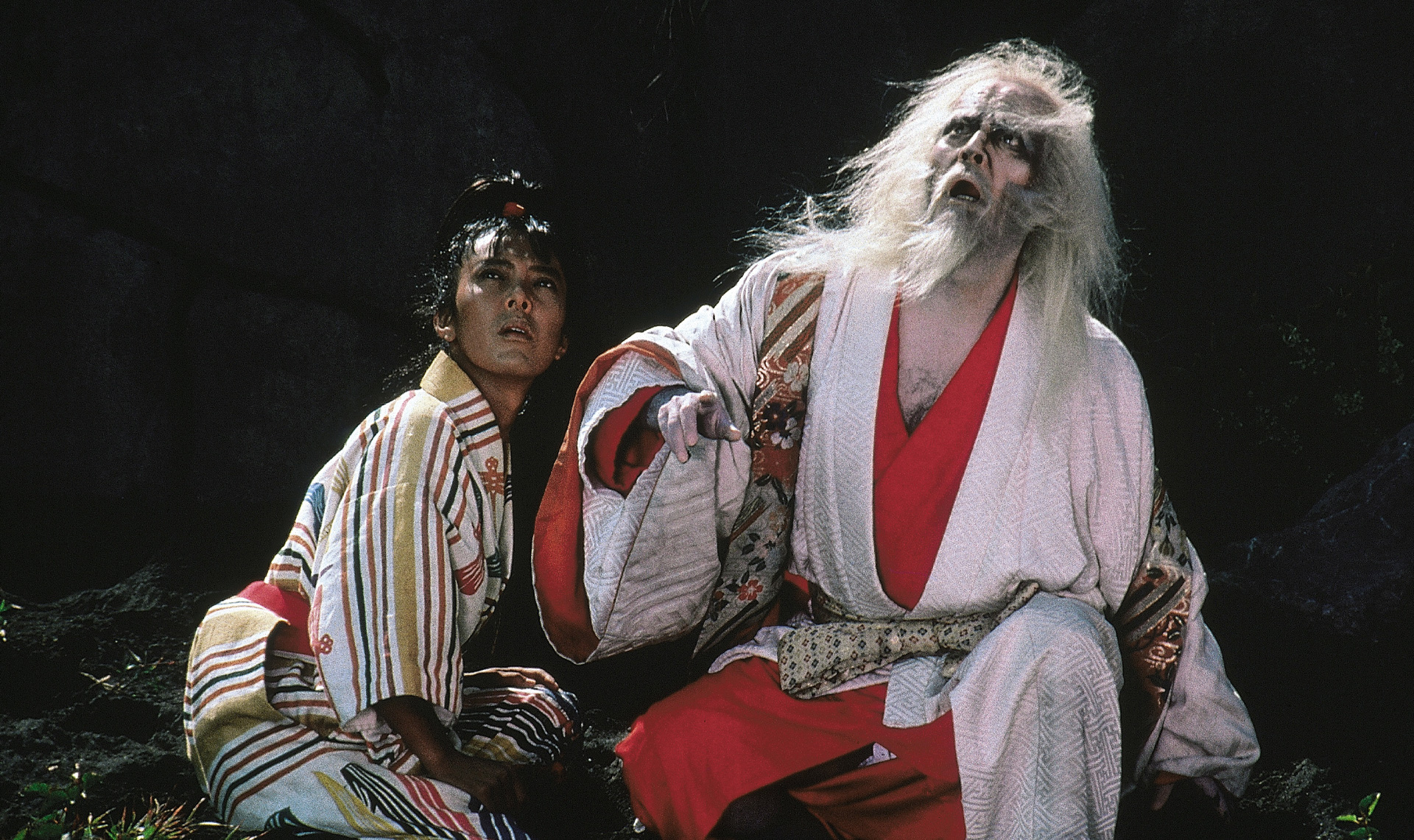Part of Akira Kurosawa: A Retrospective
Legendary director Akira Kurosawa reimagines Shakespeare’s King Lear as a singular historical epic set in 16th century Japan. An elderly warlord retires, handing over his empire to his three sons. However, he vastly underestimates how the new-found power will corrupt them and cause them to turn on each other — and him. Majestic in scope, the film is Kurosawa’s late-life masterpiece, a profound examination of the folly of war and the crumbling of one family under the weight of betrayal, greed and the insatiable thirst for power.
Programmers’ Note: On Sat, Aug 16, you can catch Kurosawa’s Shakespeare adaptations with back-to-back screenings of RAN (1:10pm, 6:40pm) and THRONE OF BLOOD (4:20pm) in our 1966 Hall. Tickets sold separately.
RAN has been restored in 4K by the French laboratory Éclair, under Studiocanal’s supervision. Based on an original negative, the majority of the restoration work was done manually, image by image. Color grading was approved by Masaharu Ueda, one of RAN’s three cinematographers and a close associate of Kurosawa’s.
“The film's physical spectacle is astonishingly fine, the battle scenes so well integrated into the strong, inevitable story line that they never seem to become arbitrary set pieces. It's also meant as praise when I say that RAN is very much an old man's movie — Kurosawa is 75 years old. (Hideo Oguni and Masato Ide, who collaborated with Kurosawa on the screenplay, are, respectively, 81 and 65.) Here is a film by a man whose art now stands outside time and fashion. RAN, which opens today…is a film that couldn't possibly have been made at any earlier period in this great director's career.” —Vincent Canby, New York Times (Dec 20, 1985) “What's remarkable about RAN is that the drama enhances the spectacle the same way the spectacle bolsters the drama. Few other directors had Kurosawa's ability to convey the intimate as well as the epic, to handle stillness as well as violence.” —Kenneth Turan, Los Angeles Times “By the time Kurosawa's camera comes to rest on the film's final, poignant image, a painting of the Buddha that one character had promised another would protect him from harm, the movie seemingly has accomplished the impossible: one-upping Shakespeare.” —Michael O’Sullivan, Washington Post






